Online shopping provides a quick and convenient way to purchase products, and this is especially true for the...
Back Braces for Lower Back Pain and Back Braces for Work
Whether they’re needed for posture, to decrease back stress, or to aid with back immobilization after a surgical procedure, back braces can be important safety equipment. Vitality Medical is proud to offer low, everyday prices on back braces for lower back pain or additional support. Customers will find a wide range of different back brace styles available at Vitality Medical, which includes everything from cost-effective options to top-of-the-
Back Support Key Benefits
Lower Back Pain Relief
Back braces and lumbar support belts are designed to provide support and compression that help reduce muscle tension and lower back pain. Additionally, these back braces help to improve posture by redistributing the weight of the spine. This helps to provide a healthy healing environment for spinal structures and increases function during daily activity.
Support when Lifting
Occupational braces and back supports provide support and stability to reduce injury. These back supports do so by promoting an ideal postural state when lifting. This support can also help the individual stay cautious of their posture, as well as help aid with long-term lower back pain and muscle tension. With the addition of straps on certain products like the HealthSmart Universal Back Support Tension Pull Straps, lifting is easier and less likely to cause injury or muscle damage.
Post-Surgery Immobility
Certain back braces are specifically designed to help with post-operative back support. These are called rigid braces. They work to limit overall mobility of the back and spine to maintain a safe and gentle environment for the back to heal naturally. This limited mobility also helps reduce lower back pain and muscle tension.
Types of Braces and Supports
Rigid Braces
Rigid back-support braces are fitted to limit the mobility of the spine by around 50%. This type of brace is made with rigid composite materials or molded plastic that limit motion. This design is helpful for individuals with fractured bones in the spine or for those recovering from back fusion surgeries. Some of rigid back braces also provide necessary compression to reduce pain and inflammation after surgery. Rigid back braces are heavy-duty products and provide more coverage than other braces.
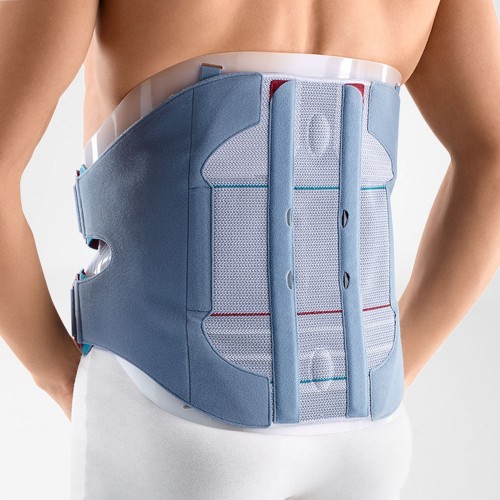
Occupational Braces
Occupational braces, such as lumbar support belts, are industrial braces designed for use by individuals who lift heavy objects on a regular basis. This extra support helps prevent unnecessary back injuries by promoting good form and support during the lifting process. Some of these back braces for work include shoulder straps that hold the brace up. For extremely heavy lifting, additional lumbar support straps can be added.
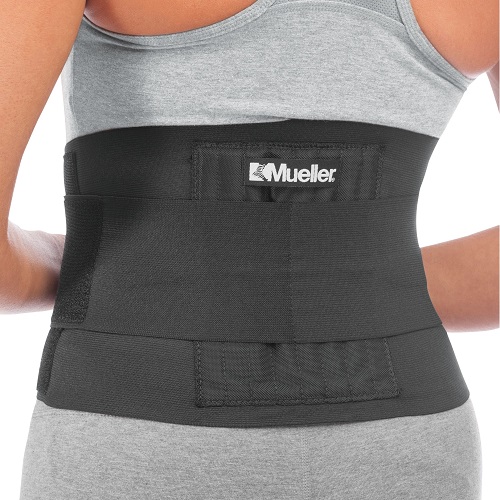
Corset Braces
Corset-style braces can also be worn as occupational braces. Corset elastic braces are recommended when an individual has been advised to limit motion while lifting or after spinal surgery. These types of back braces add support and stability to alleviate lower back pain and weakened abdominal muscles.
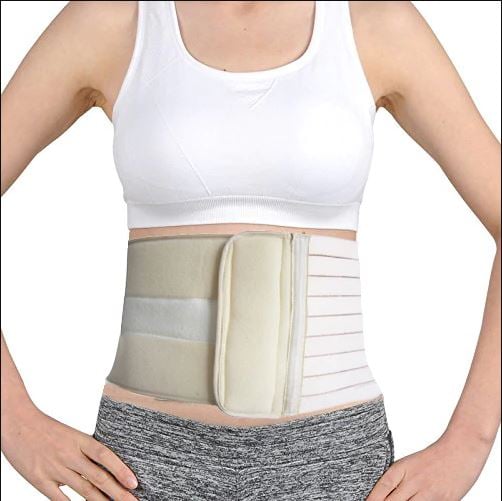
Low-Profile Braces
Low-profile braces are a variety of lower back braces with two-panel systems. Low-profile braces are ideal for individuals who are prone to lower back pain due to postural issues. Some of these low-profile braces can be worn discretely under clothing. These back supports are often made with breathable materials and can be worn for longer periods of time than the more heavy-duty back braces.
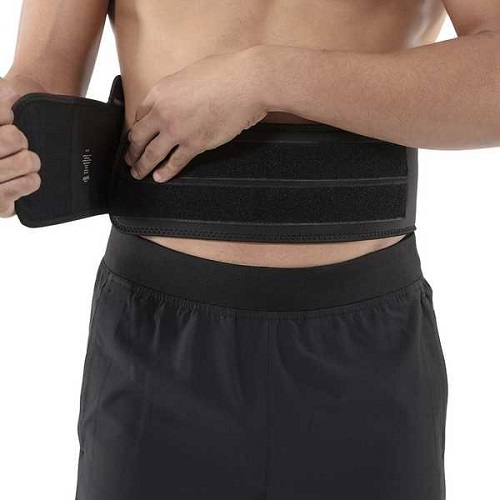
Frequently Asked Questions (FAQ)
Q: Do back braces help with lower back pain?
A: Back braces help stabilize and protect affected areas of the back and spine. Back braces are designed to provide support for lower back pain. There are multiple factors and processes throughout the healing process — back braces and lumbar support belts are parts of the healing process..
Q: Is it okay to wear a back brace all day?
A: If a back brace is worn for more than a few hours a day or continuously for more than two weeks, the back muscles weaken because the back begins to rely on the brace. Strengthening the back muscles with physical therapy is a crucial part of healing and avoiding back pain.
Q: How tight should a back brace be worn?
A: A back brace should be snug but not so tight that it causes pain or bruising. Ensure that the back brace is tight enough to avoid rubbing or shifting.
Manuals and Documents
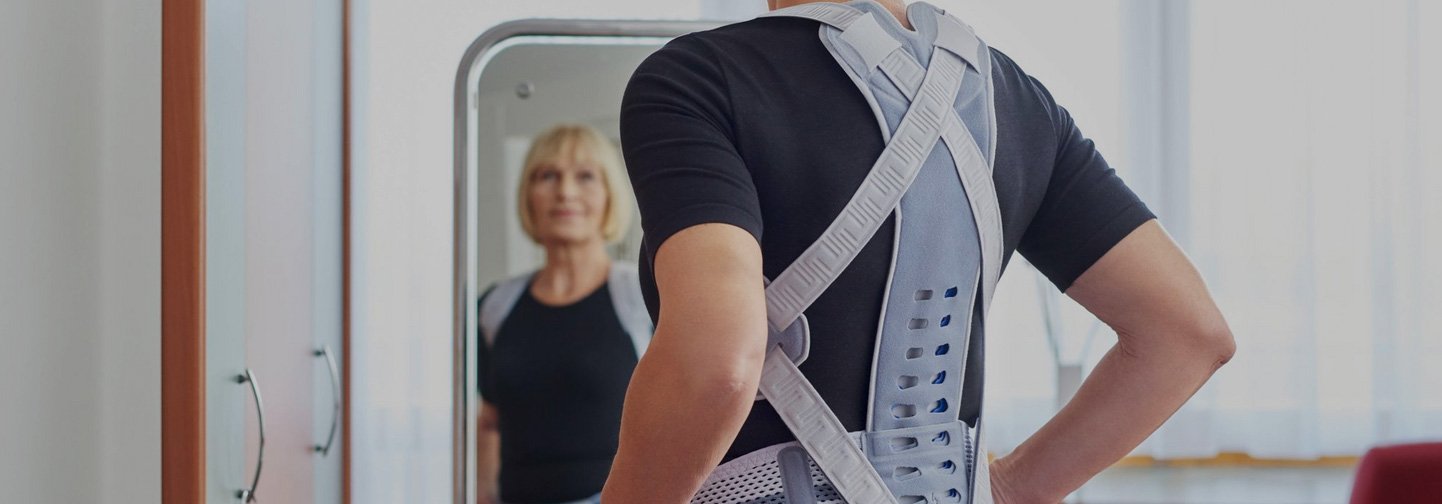
Product Videos
Do Back Braces Work? (4:10 minutes)
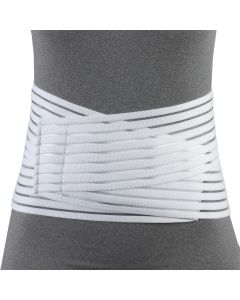
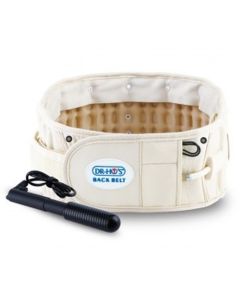
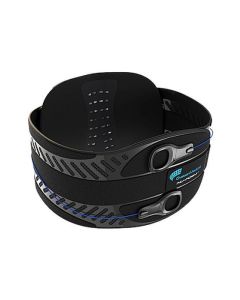

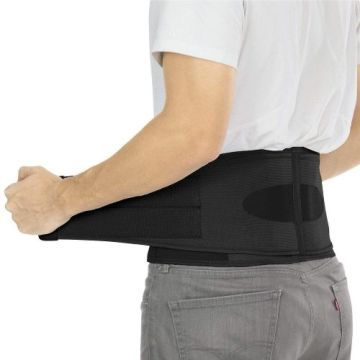
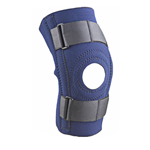

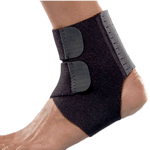
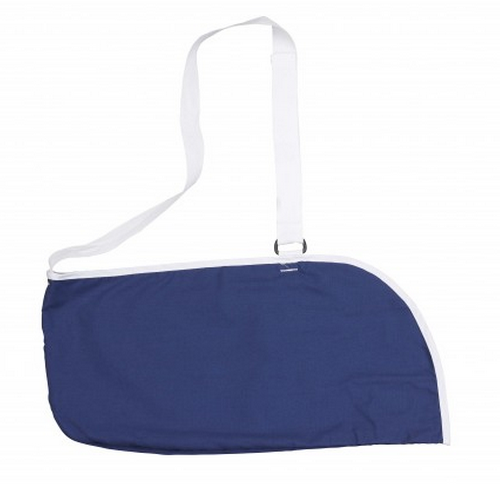
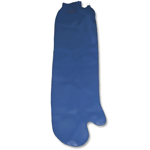
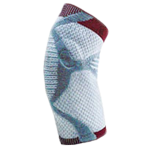
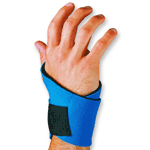
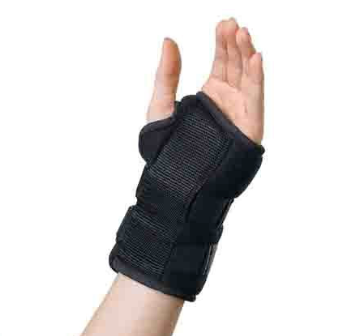
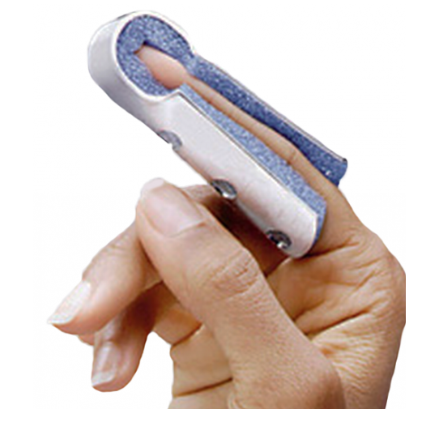
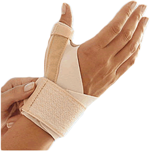
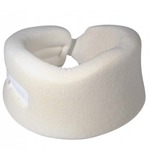
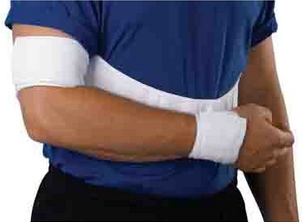
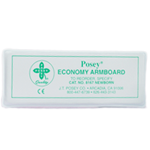
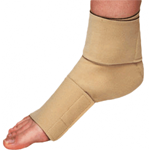
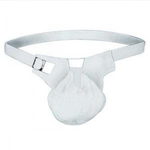
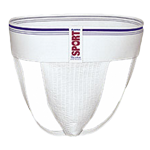
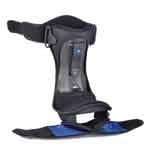
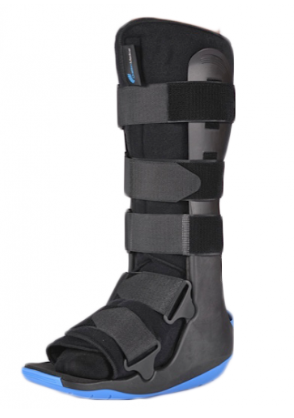
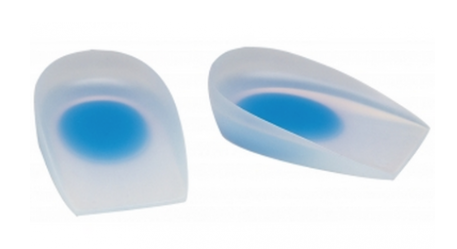
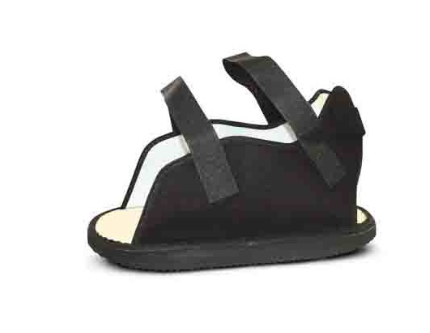
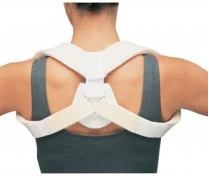
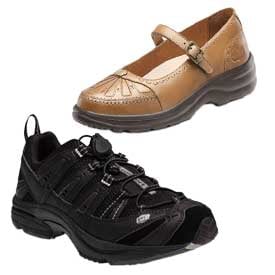
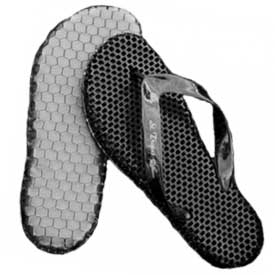
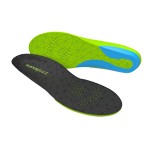

Login and Registration Form